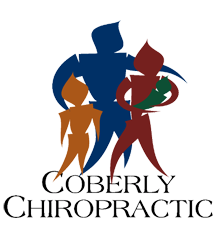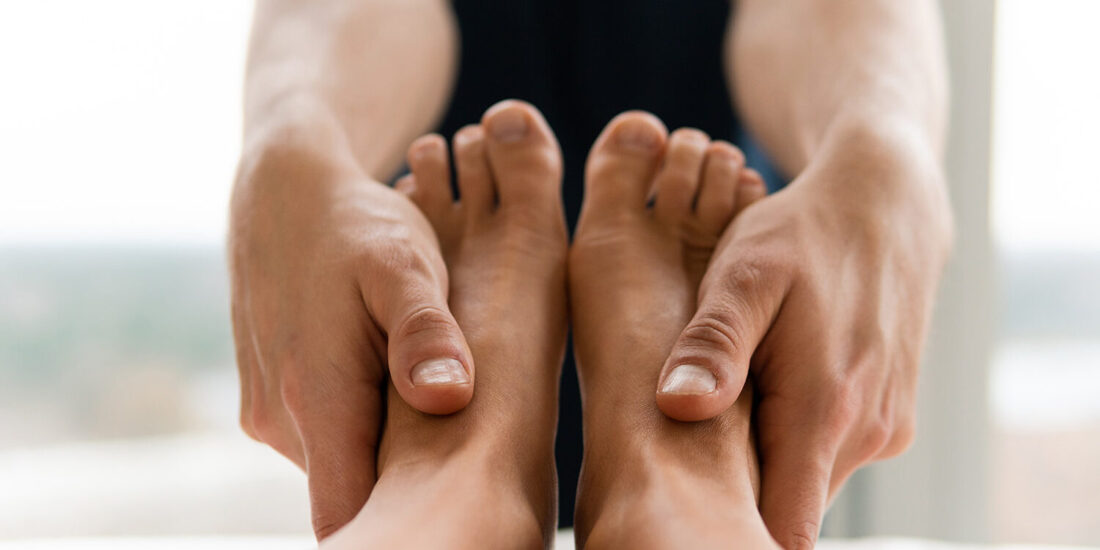Benefits of Chiropractic Care for Extremity Problems
When most people think of chiropractic care, they often associate it with spinal adjustments and back pain relief. However, chiropractic care can also be highly effective in treating extremity problems, which involve joints outside the spine, such as the feet, knees, hands, elbows, and shoulders. By focusing on extremity adjustments, chiropractors can help alleviate pain, improve function, and enhance overall well-being. In this comprehensive guide, we’ll explore the benefits of chiropractic care for various extremity problems and how targeted adjustments can help you achieve optimal physical health.
Understanding Extremity Adjustments
Extremity adjustments are a crucial component of chiropractic care that involves the manipulation of joints in the arms and legs. Chiropractors use their hands or specialized instruments to apply controlled force to these joints, aiming to restore proper alignment, reduce inflammation, and improve mobility. By addressing misalignments in the extremities, chiropractors can help patients achieve better overall physical health and prevent future injuries.
During an extremity adjustment, the chiropractor will carefully assess the affected joint and surrounding tissues to determine the best course of treatment. They may use various techniques, such as gentle stretching, mobilization, or specific adjustments, to improve joint function and alleviate pain. The chiropractor will also consider factors such as the patient’s age, overall health, and the severity of the condition when developing a personalized treatment plan.
Chiropractic Care for Foot Problems
The feet are the foundation of the body, and problems in this area can lead to significant discomfort and affect your ability to perform daily activities. Common foot issues that can benefit from chiropractic care include plantar fasciitis, bunions, and flat feet.
Plantar fasciitis is a painful condition that occurs when the thick band of tissue connecting the heel to the toes becomes inflamed. Chiropractic adjustments can help alleviate pain by improving foot joint alignment, reducing inflammation, and promoting healing. The chiropractor may also recommend stretching exercises and orthotics to support the feet and prevent future occurrences of plantar fasciitis.
Bunions are bony bumps that develop at the base of the big toe, causing pain and difficulty wearing shoes. Chiropractic care can help reduce pain and improve foot function by realigning the toe joint and addressing any underlying biomechanical issues. The chiropractor may also suggest lifestyle modifications, such as wearing proper footwear, to prevent the progression of bunions.
Flat feet, or fallen arches, can cause pain and instability in the feet and lower legs. Chiropractic adjustments can help improve foot alignment and support the arches, reducing pain and enhancing overall foot function. The chiropractor may also recommend custom orthotics or specific exercises to strengthen the muscles in the feet and lower legs.
Chiropractic Care for Knee Problems
Knee problems, such as arthritis, meniscus tears, and ligament injuries, can be debilitating and significantly impact your quality of life. Chiropractic care can help alleviate knee pain and improve function through targeted adjustments and complementary therapies.
Osteoarthritis, a common form of arthritis, occurs when the cartilage in the knee joint breaks down, causing pain, stiffness, and inflammation. Chiropractic adjustments can help reduce pain and improve joint mobility by restoring proper alignment and reducing stress on the affected joint. The chiropractor may also recommend low-impact exercises, such as swimming or cycling, to maintain joint flexibility and strengthen the muscles around the knee.
Meniscus tears are injuries to the cartilage that cushions the knee joint, often resulting from sudden twisting motions or degenerative changes. Chiropractic care can help alleviate pain and promote healing by improving joint alignment and reducing inflammation. The chiropractor may also suggest specific exercises to strengthen the muscles around the knee and improve overall stability.
Ligament injuries, such as anterior cruciate ligament (ACL) tears, can cause severe pain and instability in the knee joint. Chiropractic care can help support the healing process by improving joint alignment, reducing inflammation, and promoting proper biomechanics. The chiropractor may also work with the patient to develop a rehabilitation plan that includes targeted exercises to strengthen the knee and prevent future injuries.
Chiropractic Care for Hand and Wrist Problems
Hand and wrist issues, such as carpal tunnel syndrome, arthritis, and trigger finger, can significantly impact your daily life and ability to perform tasks. Chiropractic care can help alleviate pain and improve function in the hands and wrists through targeted adjustments and complementary therapies.
Carpal tunnel syndrome occurs when the median nerve becomes compressed as it passes through the wrist, causing pain, numbness, and tingling in the hand and fingers. Chiropractic adjustments can help relieve pressure on the median nerve by improving wrist joint alignment and reducing inflammation. The chiropractor may also recommend ergonomic modifications, such as using a wrist support or adjusting your workstation, to prevent further irritation of the nerve.
Arthritis in the hands and wrists can cause pain, stiffness, and decreased range of motion. Chiropractic care can help alleviate these symptoms by improving joint alignment, reducing inflammation, and promoting better circulation. The chiropractor may also suggest specific exercises to maintain joint flexibility and strengthen the muscles in the hands and wrists.
Trigger finger is a condition in which one or more fingers become locked in a bent position due to inflammation and narrowing of the tendon sheath. Chiropractic adjustments can help reduce inflammation and improve the mobility of the affected finger(s). The chiropractor may also recommend stretching exercises and splinting to support the healing process and prevent future occurrences of trigger finger.
Chiropractic Care for Elbow Problems
Elbow problems, such as tennis elbow and golfer’s elbow, can cause severe discomfort and limit your ability to perform daily activities. Chiropractic care can help alleviate elbow pain and improve function through targeted adjustments and complementary therapies.
Tennis elbow, also known as lateral epicondylitis, is an overuse injury that causes pain and inflammation on the outside of the elbow. Chiropractic adjustments can help alleviate pain by improving elbow joint alignment and reducing muscle tension. The chiropractor may also recommend specific stretching and strengthening exercises to support the healing process and prevent future occurrences of tennis elbow.
Golfer’s elbow, or medial epicondylitis, is a similar condition that causes pain and inflammation on the inside of the elbow. Chiropractic care can help reduce pain and improve elbow function by addressing joint misalignments and promoting proper muscle balance. The chiropractor may also suggest modifications to your golf swing or other repetitive motions to prevent further strain on the elbow joint.
Chiropractic Care for Shoulder Problems
Shoulder problems, such as rotator cuff injuries, frozen shoulder, and bursitis, can cause significant pain and limit your range of motion. Chiropractic care can help alleviate shoulder pain and improve function through targeted adjustments and complementary therapies.
Rotator cuff injuries occur when the tendons or muscles surrounding the shoulder joint become damaged or torn, often due to overuse or acute trauma. Chiropractic adjustments can help reduce pain and inflammation by improving shoulder joint alignment and promoting proper biomechanics. The chiropractor may also recommend specific exercises to strengthen the rotator cuff muscles and improve overall shoulder stability.
Frozen shoulder, also known as adhesive capsulitis, is a condition characterized by stiffness and pain in the shoulder joint, often resulting in a significant loss of range of motion. Chiropractic care can help improve shoulder mobility by addressing joint restrictions and promoting proper alignment. The chiropractor may also suggest gentle stretching exercises and other therapies, such as heat or cold therapy, to support the healing process.
Bursitis is an inflammation of the small, fluid-filled sacs (bursae) that cushion the bones, tendons, and muscles near the shoulder joint. Chiropractic adjustments can help reduce inflammation and alleviate pain by improving shoulder joint function and promoting proper biomechanics. The chiropractor may also recommend lifestyle modifications, such as avoiding repetitive overhead motions, to prevent future occurrences of bursitis.
Final Thoughts
Chiropractic care offers a holistic approach to treating various extremity problems, providing pain relief, improved function, and enhanced overall well-being. By focusing on targeted adjustments and complementary therapies, chiropractors can help address issues in the feet, knees, hands, elbows, and shoulders, allowing you to live a more active and pain-free life.
If you are experiencing extremity problems, please give our office a call. We will work with you to develop a personalized treatment plan that addresses your specific needs and goals, helping you achieve optimal physical health and improved quality of life.
Remember, chiropractic care is not a one-size-fits-all solution, and the best results are often achieved through a combination of adjustments, exercises, and lifestyle modifications. Be sure to communicate openly with your chiropractor about your symptoms, concerns, and progress throughout your treatment to ensure the best possible outcome.
Give us a call today! Don’t let extremity problems limit your daily activities or hinder your quality of life. Take the first step towards a pain-free life by exploring the benefits of chiropractic care for your specific condition. With the right care and guidance, you can achieve improved joint function, reduced pain, and a greater sense of overall well-being.


